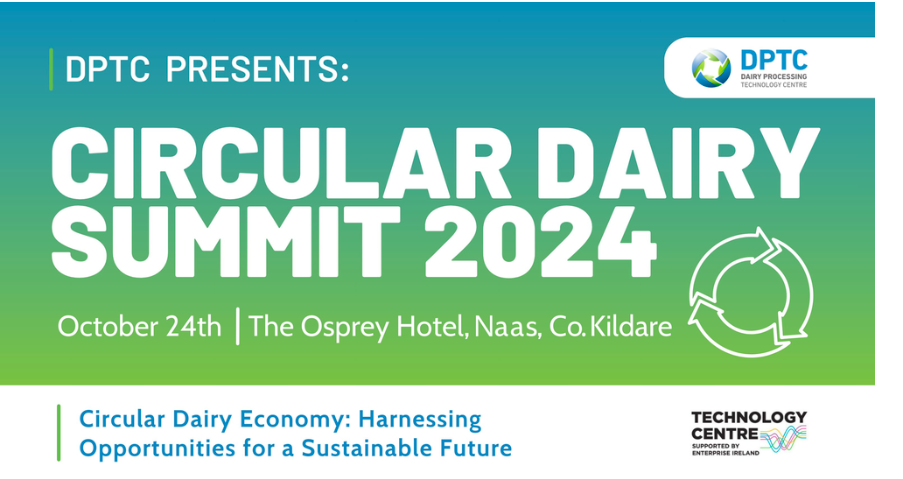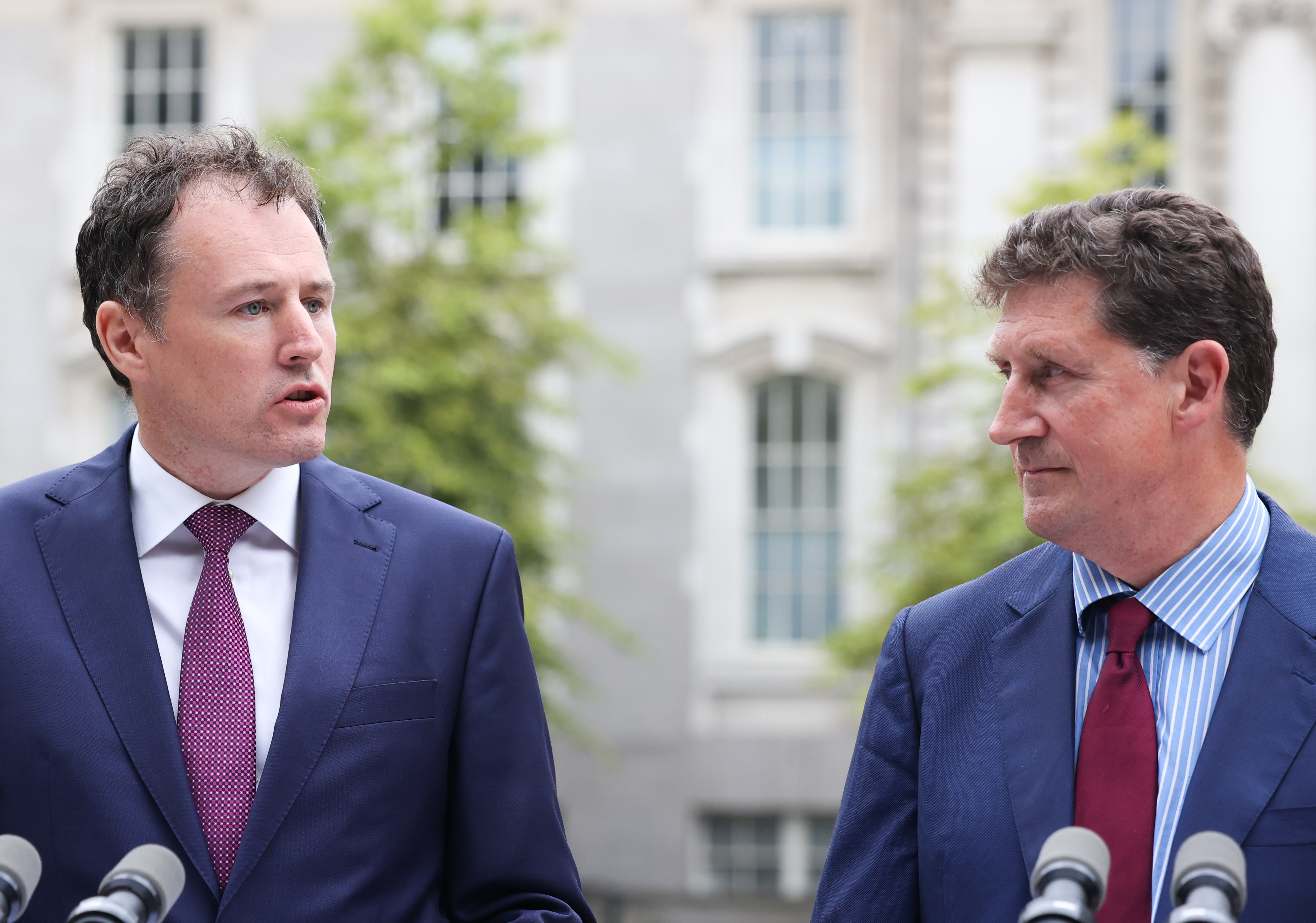RGFI received leadership recognition from the Business Post this month, as CEO PJ McCarthy,…
Ireland has the potential to be a world leader in renewable gas production
Ireland has many natural advantages when it comes to sustainable food production. We are also a self-sufficient food producing nation with agriculture representing 9.5% of total exports in 2019. Our grass-based agriculture means that feedstock is available and sustainable and, mainly because of this, Ireland has the greatest potential per capita of all EU countries to produce renewable gas.
Anaerobic digestion biomethane is globally accepted for its sustainability attributes and its inclusion in agricultural policy is vital for Ireland.
“Across Europe, renewable gas production is seen as an essential part of a greener, sustainable future for agriculture, food production, energy production and consumption in terms of the environment, climate action and also the rural economy,” says RGFI CEO, PJ McCarthy.
AD has been widely adopted in Europe – specifically the UK, France, Germany and Scandinavia, as well as in the US, where governments are supporting industry and agriculture to develop this sector. There are 600 AD plants in the UK and over 17,500 across Europe, which are typically operated by farmers, and input agricultural wastes, manures, catch / rotation crops and additional crops to produce a carbon neutral, renewable gas.
By contrast, in Ireland, while the government has invested in a world class gas pipe network, there has been no capital investment in AD plants. Now there is a great opportunity to address this in the context of strong encouragement from industry leaders. A 2019 KPMG report has calculated that such investment would provide a positive benefit cost result of 1.26. It also showed that once established, the industry will be self-financing within a circular economy, benefitting farmers and rural communities in particular.
With its unique environmental and circular economy attributes, renewable gas produced by this process represents a significant opportunity for the Irish government to move in line with the European Commission’s Green Deal strategy and embrace a low-carbon future.




This Post Has 0 Comments